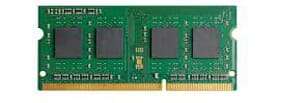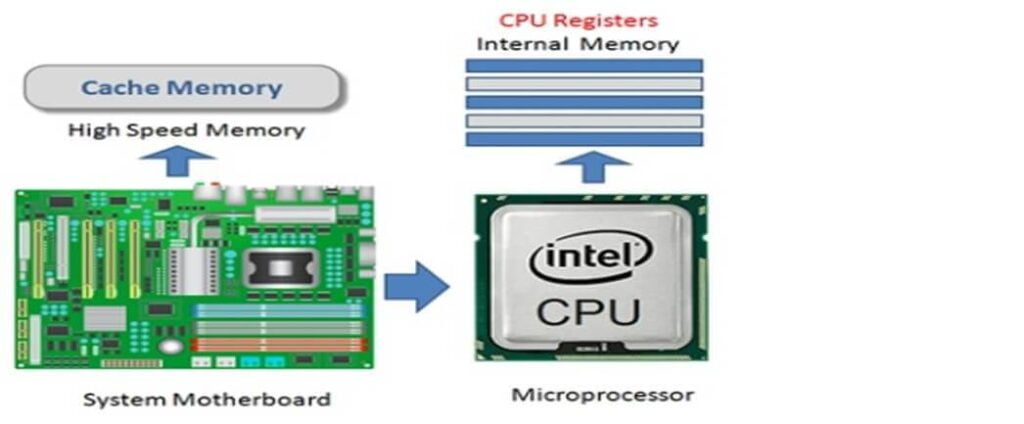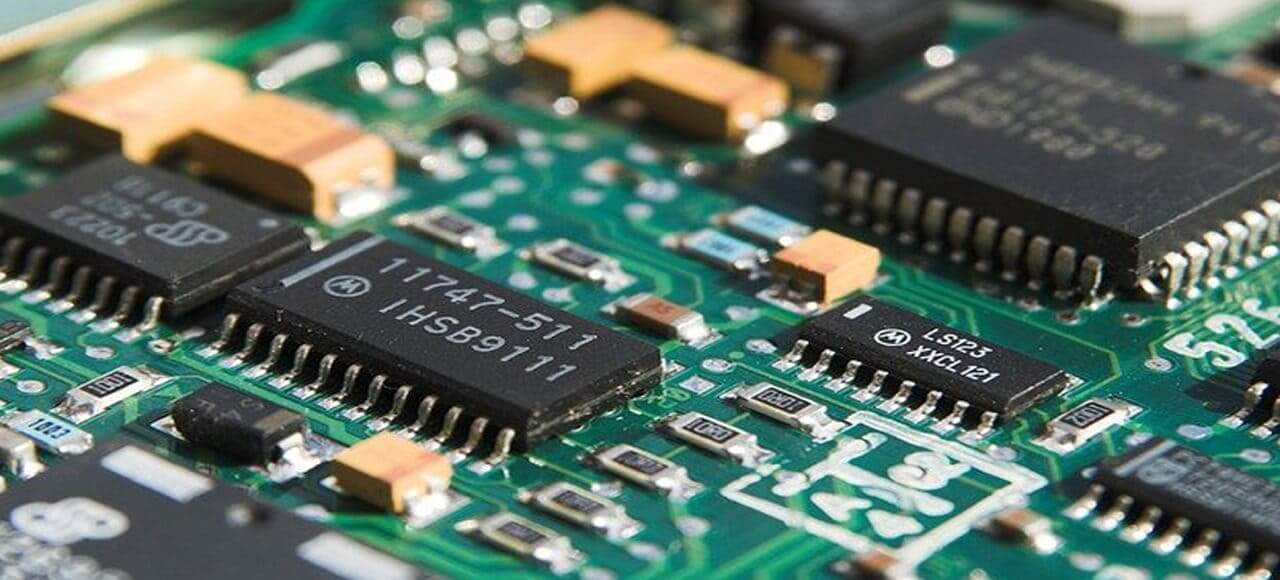In this detail guide we will learn about what is CPU Registers as well as their functions. Let’s begin with the definition that means what is CPU Registers.
What is CPU Registers?
What is CPU Registers: CPU (Central Processing Unit) registers, often simply referred to as registers, are small, high-speed storage locations within a CPU that store data that is being used or processed by the CPU.
These registers are an integral part of the CPU’s architecture and play a crucial role in executing instructions and performing data operations.

CPU registers are faster to access than main memory, which allows the CPU to work more efficiently.
After learning what is CPU Registers we will now see the characteristics and functions of CPU Registers.
Functions of CPU Registers
CPU registers serve several vital functions within a computer’s architecture, facilitating the execution of instructions and the manipulation of data. Here are the primary functions of CPU registers:
1. Operand Storage
Registers store data that is currently being used or manipulated by the CPU. These data can include numeric values, memory addresses, and intermediate results of calculations.
2. Fast Access
Registers are the fastest storage locations within the CPU, providing rapid access to data and instructions. This speed advantage allows the CPU to operate on data quickly without having to access slower main memory or storage.
3. Instruction Execution
Registers hold instructions that the CPU is actively executing. For example, the program counter (PC) register stores the memory address of the next instruction to be fetched and executed.
4. Temporary Storage
During program execution, registers are used to temporarily store data needed for calculations and data manipulation.
For instance, when performing arithmetic operations, values are often loaded from memory into registers, computations are conducted in registers, and results may be stored back in registers.
See also types of computer memory | primary storage devices & secondary storage devices.
5. Address Storage
Some registers, such as the memory address register (MAR), store memory addresses. These addresses are used when the CPU needs to fetch data from or store data to specific locations in memory.
6. Status and Control
Registers like the flags register or status register store information about the outcome of operations, error conditions, and control bits that influence CPU behavior.
7. Specialized Tasks
CPUs typically include special-purpose registers designed for specific tasks. Examples include:
8. Program Counter (PC)
Stores the memory address of the next instruction to be executed.
9. Stack Pointer (SP)
Manages the stack memory, tracking the top of the stack.
10. Flags Register
Contains condition codes or flags, indicating the outcome of arithmetic and logical operations (e.g., zero flag, carry flag).
11. Index Registers
Assist in memory addressing, often used in complex addressing modes.
12. Floating-Point Registers
Used for floating-point arithmetic in CPUs with floating-point units (FPUs).
13. Context Switching
Registers play a crucial role in context switching, which allows the CPU to switch between executing different processes or threads.
When a context switch occurs, the CPU saves the state of its registers for the current task and loads the registers with the saved state of the new task.
14. Data Transfer
Registers facilitate the transfer of data between different parts of the CPU, including the arithmetic logic unit (ALU), memory, and input/output devices.
15. Control Flow
Registers influence control flow by storing information about branching instructions, subroutine calls, and return addresses.
Final talks
The efficient use of registers is essential for optimizing program execution. Compiler and assembly language programmers often aim to maximize register utilization to reduce memory access overhead and improve program performance.

The number, size, and purpose of registers can vary between different CPU architectures, and their effective use is a fundamental aspect of computer architecture and programming.
Registers are an essential component of the CPU’s architecture because they enable the CPU to quickly access and manipulate data.
When executing instructions, the CPU fetches data from memory into registers, performs operations, and then stores results back in memory or other registers.
The efficient use of registers is critical for optimizing the speed and performance of computer programs.
Hope you are now clear about what is CPU registers and what are the functions of CPU registers. You can share your thoughts about CPU registers bellow;
Recommended articles:
What is CPU? What are the major parts of CPU
Main 4 Functions Of A Computer
How to speed up your computer in 20 easiest way | Make your pc faster
What is Cache Memory? 3 Main Types of Cache Memory
Volatile and Non Volatile Memory | Best 6 Differences
Types of computer memory | Primary storage devices & secondary storage devices
Main 3 types of Microprocessors: Classification of Microprocessor
What is operating system? How an OS Works?




